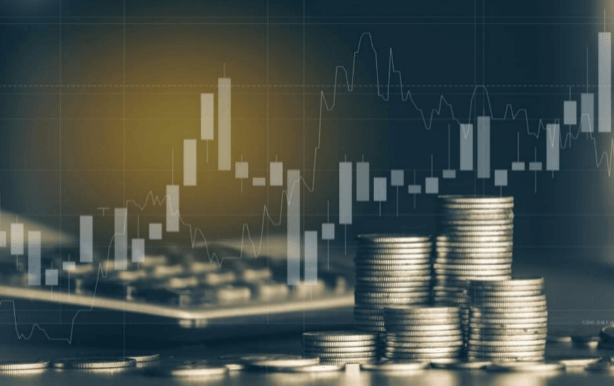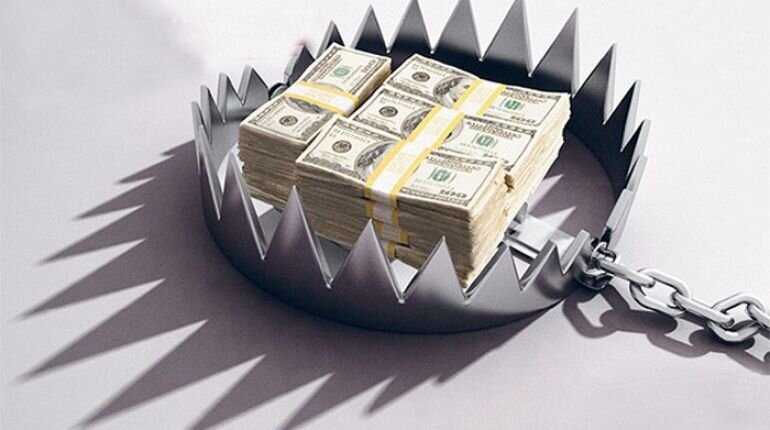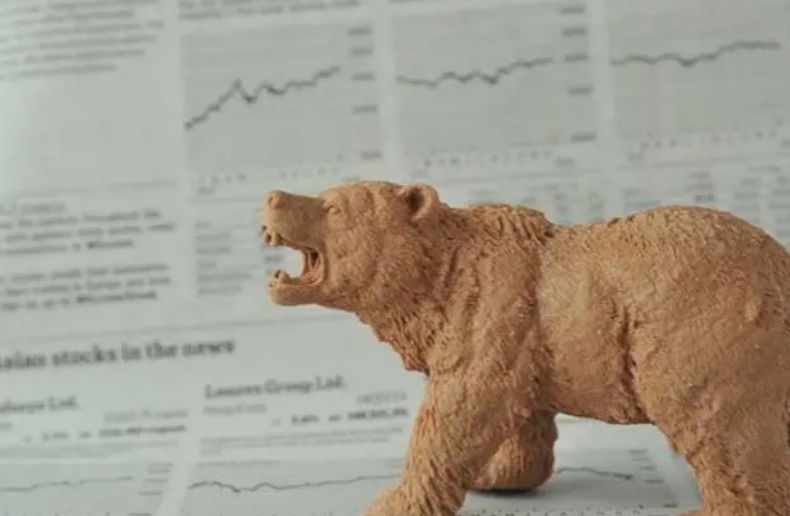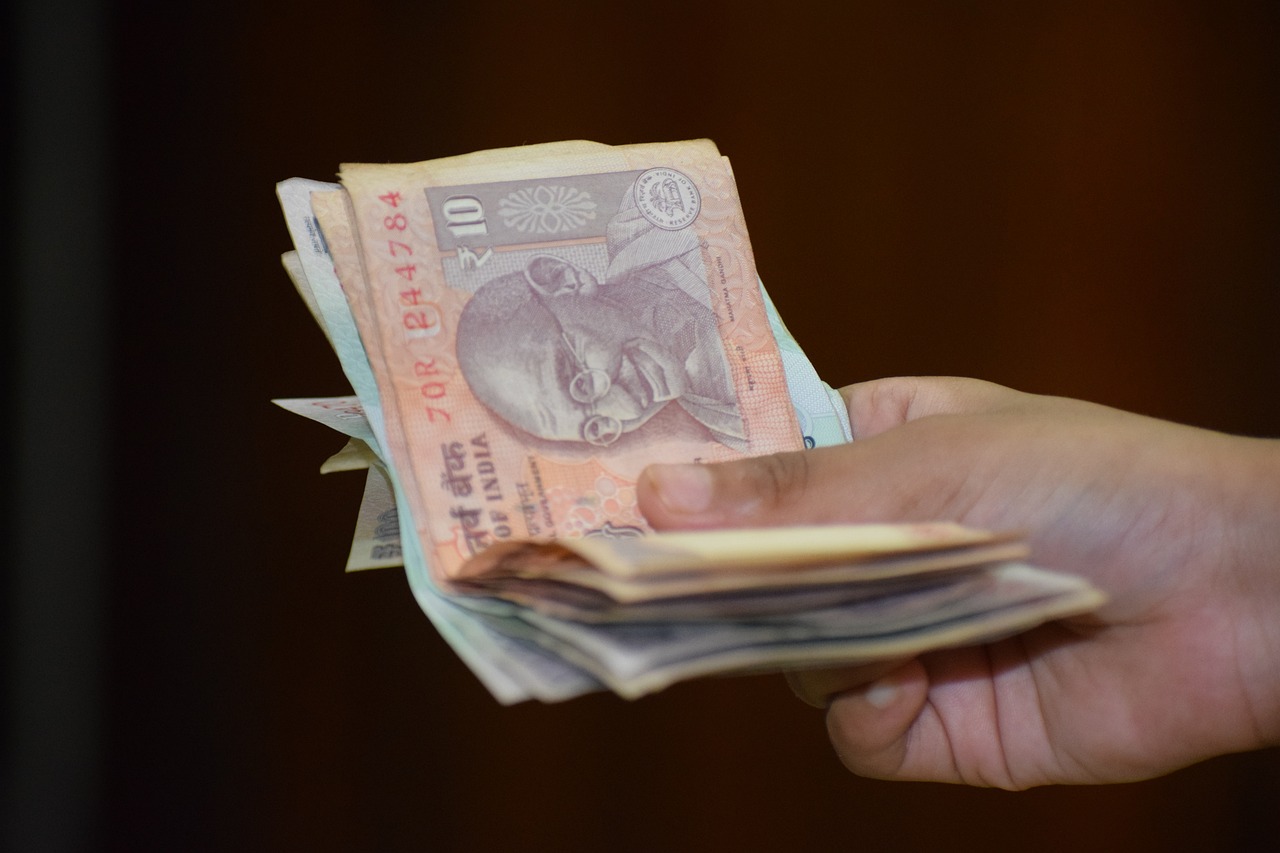A futures contract is the trading object or subject matter of futures trading. It is a standardized contract formulated by the futures exchange that regulates the delivery of a certain quantity and quality of commodities at a specific time and place. Futures prices are reached through open auctions.

Features of futures contracts
1. The terms of commodity variety, quantity, quality, grade, delivery time, and delivery location of futures contracts are all established and standardized, and the only variable is price. The standards for futures contracts are usually designed by futures exchanges and approved for listing by national regulatory agencies.
2. Futures contracts are traded under the organization of the futures exchange and have legal effect. Futures prices are generated through open auctions on the exchange's trading floor.
3. The performance of futures contracts is guaranteed by the exchange, and private transactions are not allowed.
4. Futures contracts can fulfill or release contractual obligations through cash delivery or hedging transactions.
Types of futures contracts
1) Commodity futures contracts
- Agricultural futures: The first futures product appeared after the birth of CBOT (Chicago Board of Trade) in 1848. It mainly includes grains (wheat, soybeans, corn, etc.), crops (cotton, coffee, cocoa, etc.) and forest products (wood, natural rubber, etc.).

- Metal futures: The earliest copper that appeared on the London Metal Exchange (LME) has been developed into two categories: non-ferrous metals represented by copper, aluminum, lead, zinc and nickel, and precious metals such as gold and silver.
- Energy futures: The oil crisis in the 1970s led directly to the creation of energy futures like oil. Crude oil, gasoline, heating oil, propane, etc. are the most important energy sources on the market.
2) Financial futures contracts

- Foreign exchange futures: After the disintegration of the Bretton Woods system in the 1970s, the violent fluctuations in the foreign exchange market caused by the floating exchange rate system prompted people to look for tools to avoid the crisis. In May 1972, the Chicago Mercantile Exchange was the first to introduce foreign exchange futures contracts. Currently in the international foreign exchange market, there are 7 currencies with the largest trading volume, the US dollar, the German mark, the Japanese yen, the British pound, the Swiss franc, the Canadian dollar and the French franc.
- Interest Rate Futures: In October 1975, CBOT listed National Mortgage Association bond futures contract. There are two types of interest rate futures at the moment - short-term interest rate futures contracts and long-term interest rate futures contracts, the latter of which is more traded.
- Stock index futures: With the ups and downs of the securities market, investors urgently need a tool that can avoid crises and realize value preservation. In this context, on February 24, 1982, the Kansas Futures Exchange launched the value line composite index futures. The largest stock index contract in the world today is the S&P 500 index contract on the Chicago Mercantile Exchange.
Futures contracts can attract hedgers to use the futures market to buy and sell contracts to lock in costs and avoid possible losses due to commodity price fluctuations in the spot market. In addition, they attract speculators to implement crisis investment transactions and increase market liquidity.




